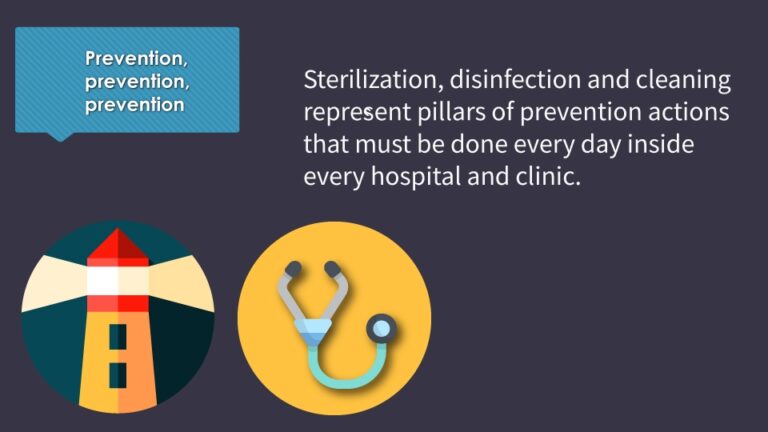HOME / ARTICLES / HEALTHCARE ASSOCIATED INFECTIONS

Healthcare Associated Infections: An Avoidable Risk
11.12.2018
HAIs (Healthcare Associated Infections) are diseases that affect patients inside hospitals and are not present or incubating at the time of admission. In addition to patients, hospital employees are frequently infected with HAIs after discharge.
No one should get sick while seeking care! Yet, globally, hundreds of millions of people are affected annually by healthcare-associated infections (HAIs), many of which are completely avoidable, and antibiotic-resistant organisms cause a large proportion. No country or health system, even the most developed or sophisticated, can claim to be free of HAIs.
One out of every 25 admissions contracts HAI. Some of the consequences are:
- Increasing mortality and increasing costs
- 30% of ICU patients are affected by at least one episode of healthcare-associated infection.
- Newborns are also at higher risk, especially in low-income areas. Among hospital-born babies in developing countries, HAIs are responsible for 4% to 56% of all causes of death in the neonatal period.
- Double control system – optical sensor and mechanical – for use in operational safety conditions
- Microprocessor for irradiation and security controls
- Special polycarbonate body
- Lightweight (100 grams) and pocket-sized (limited footprint), like a typical smartphone
- Special shiny polycarbonate body
- Compatible with every stethoscope type and dimension (pediatric, neonatal, cardiological…)
